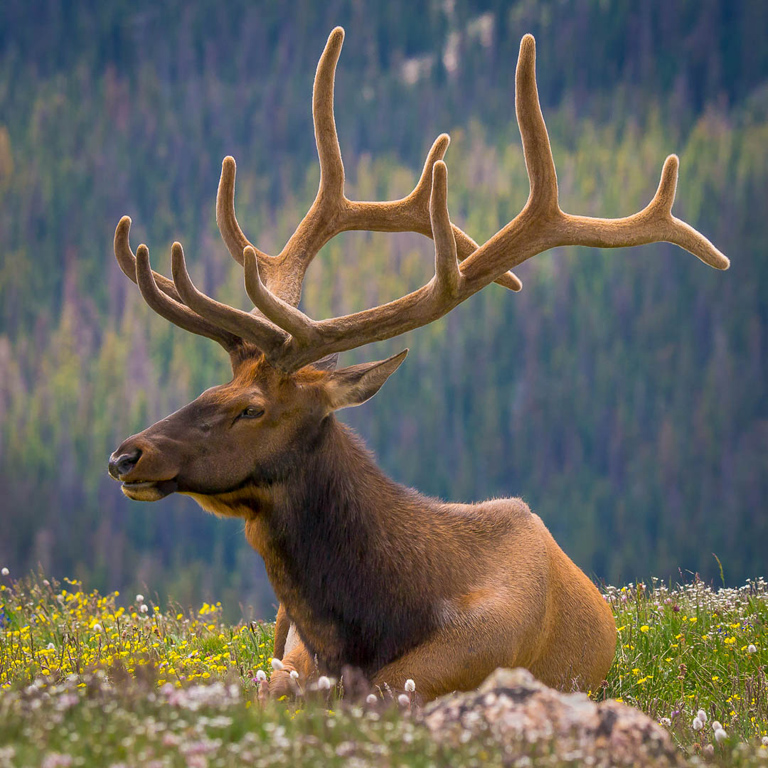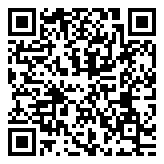
Competition with “Nature” Assigned Subject
Agenda
7:15 – Drop off competition print photos
7:30 – Club announcements
7:40 – Print competition
8:15 – 15-minute break, snacks and discuss prints with photographers
8:30 – Digital competition
New Location
Competition Categories
A member may enter up to four photos. Only one photo may be submitted in each of the following categories:
Assigned Subject – enter either for Digital Assigned Subject or Print Assigned Subject, but not both, entries may be color or monochrome
Digital Open – enter either Class A or Class B, but not both – entries may be color or monochrome
Print Open Color
Print Open Monochrome
See Competition Rules for details.
Nature
Nature is a special category at the September competitionand the annual competition (Dave Kriger Nature Award).
Nature entriesshould appearto meetPhotographic Society of America (PSA) naturerequirements. Summary:
Nature photography is restricted to photos that depict all branches of natural history, except anthropology and archaeology, in such a fashion that a well-informed person will be able to identify the subject material. The story telling value of a photo must be weighed more than the pictorial quality while maintaining high technical quality. Human elements shall not be present, except where those human elements are integral parts of the nature story such as nature subjects, like barn owls or storks, adapted to an environment modified by humans, or where those human elements are in situations depicting natural forces, like hurricanes or tidal waves. Scientific bands, scientific tags or radio collars on wild animals are permissible. Photos of human created hybrid plants, cultivated plants, feral animals, domestic animals, or mounted specimens are ineligible.
No techniques that add, relocate, replace, or remove pictorial elements except by cropping are permitted. Techniques that enhance the presentation of the photograph without changing the nature story or the pictorial content, or without altering the content of the original scene, are permitted including HDR, focus stacking and dodging/burning. Techniques that remove elements added by the camera, such as dust spots, digital noise, and film scratches, are allowed. Stitched images are not permitted. All allowed adjustments must appear natural. Color images can be converted to grey-scale monochrome. Infrared images, either direct-captures or derivations, are not allowed.
Uploading digital photos
Use the Upload page for all digital categories. The upload deadline is Tuesday, at midnight, the week of the competition. Information on upload file types, sizes and color space are on the upload page.
Print labels
Usethe label template for the information that must be on the back of your photo. Attach the label in the upper left corner on the back to ensure your photo will beorientated correctly for the judges. You can enter your information into the label template before your print, or by hand after you print. Leave the “Picture #”and “Score” fields blank.
Learning Through Competition
Competitions are meant to encourage everyone to improve their skills and to learn new ways to look at things. Constructive critiques from judges can be a very useful learning tool. However, judging art is very subjective. Judges can’t see inside our thought processes.
If you like what a judge says, whether it is your photo or not, that is great. Use that insight to improve your photos going forward.
If you disagree with what a judge says, that is ok too. If you like your art the way it is, that is more important than what anyone else says or how well it scores.
You choose whether to use or ignore the judging comments.
Welcome
Darrell- Welcome
Linda – Programs
Rhonda – Exhibits
Mark/Sandy – New England Camera Club Council
Wendy – Introduce the judges
Notes for Judges
Categories
Print – 1. Assigned Subject, 2.Open Color, 3. Open Monochrome
Digital – 4. Assigned Subject, 5. Open – Class A, 6. Open – Class B
Commenting on each photo
We ask that a judge provide a positive comment on each photo.
Then, offer a suggestion about how the photo might be strengthened.
This suggestion could help the photographer think about a different perspective, crop, lighting, background, etc. the next time a similar situation presents itself.
General
Fast run-through of each category before scoring
Ties resolved at end of each category
Break after Print categories to chat about prints and snacks
Scoring
Range: 6 to 10 by half points
Practice several times – keypress working when your choice is displayed in the lower right corner

